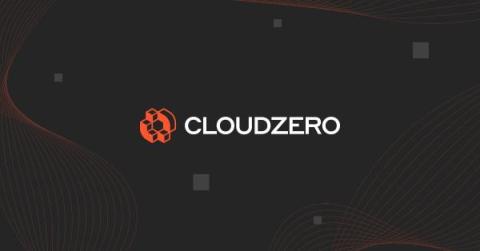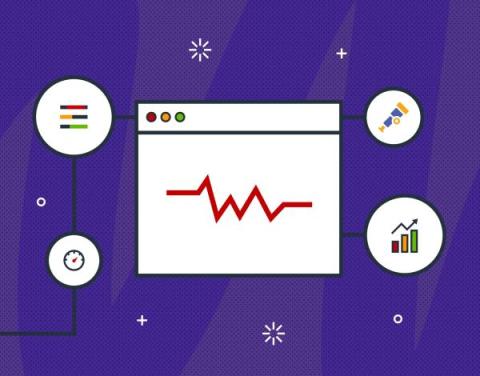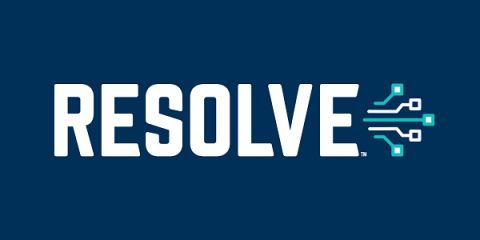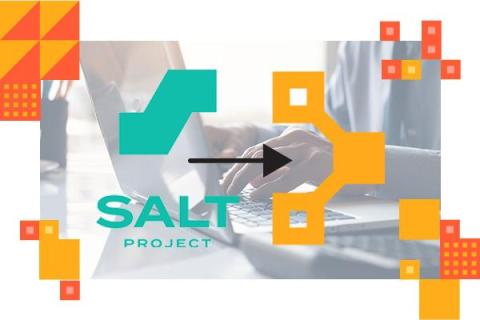Driving SaaS Excellence Through Observability
For SaaS platforms, utilizing observability is crucial, as it’s vital for these companies to deeply understand their users' experience and the root cause of any issues. Observability involves leveraging the appropriate tools and processes in place to effectively track, examine, and troubleshoot the performance and behavior of a system, even if you can't directly see what's happening inside it.











